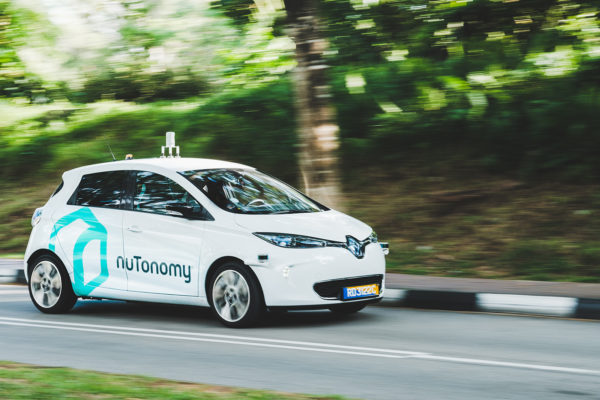
If you are driving a car and a group of kids suddenly run across the road, would you choose to swerve away and slam into an incoming truck, or plough through the children to save yourself?
In a split second, you’d likely go with instinct, whichever horrible decision you make. Not so for an autonomous car. Well, at least not a Mercedes Benz.
Some of its cars in the future will be programmed to save the occupants of the vehicle, according to the Car and Driver enthusiast site. Unfailingly, a Mercedes-Benz will make the horrible decision to slam into the pedestrians if it calculates that is the only way to save the occupants.
While Mercedes-Benz may have made up its mind, the question remains a tough one for the automotive industry, even as driver-less car technology is promising to make things safer for road users in the future.
It will also be asked of government regulators, like those in Singapore which amended the law yesterday to regulate trials of such self-driving cars. Indeed, like much of the rest of the world, the law here is playing catch-up to such a rapidly developing field.
Only now is a motor vehicle recognised as one that is not necessarily driven by a human. The Land Transport Authority also placed limits on the space and time these trial vehicles can operate on, according to The Straits Times.
However, answering the tough questions on responsibility and liability is altogether something else.
Where would the government stand on vehicles that prioritise the safety of their occupants over pedestrians? Would that not go against the common perception that drivers have added responsibility on Singapore’s roads, even if they have the right of way?
Last week, a taxi driver was fined S$7,000 and barred from driving for three years after he hit and killed a pedestrian in 2016, despite having the traffic lights in his favour. He pleaded guilty to causing death through a rash or negligent act.
It may be a little early for government regulators here to take too specific a legal position now, since autonomous vehicles are not widespread. However, there have already been accidents here, as well as overseas where trials have been carried out.
On one hand, the country wants to push ahead with autonomous vehicle trials in its ambitions to be a smart nation. On the other, each time an accident happens, worse if there’s an injury involved, there would be questions asked.
This may be as good a time as any for the authorities to seek feedback from the public, not just the industry, on their views on road safety as autonomous vehicles become more common.
Over the years, Europe has taken the lead in standardising car emission levels, for example. However, when it comes to the complex moral and legal questions that will come up with autonomous cars, each country will have to find its own way.
For Mercedes-Benz, there is a reason behind its decision to go with occupant safety first. It’s the unknown consequence of swerving away to avoid the kids on the road.
What if the car swerves to avoid the children but hits a pole that falls on them anyway? Or if the car hits another school bus packed with kids inside?
One thing you’d hope an autonomous car would do is not put you in such a situation in the first place. That’s something still being worked on.





